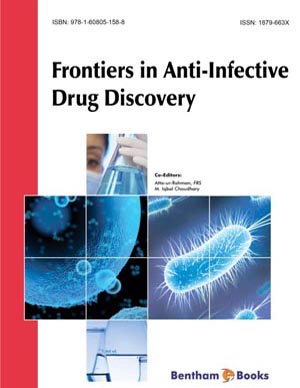Abstract
Acinetobacter baumannii (AB) is a gram-negative organism that has emerged recently as a major cause of nosocomial infections, because of the extent of its antimicrobial resistance and its persistence in the hospital environment, where intensive care units are the place of greatest risk for acquiring AB.
There is no treatment of choice for AB and it's treatment is based on clinical experience and in vitro susceptibility testing. Also, nowadays Acinetobacter resistance to carbapenems is common and isolates resistant to colistin and polymyxin B have been reported.
Tigecycline, the 9-tert-butyl-glycylamido derivative of minocycline, exhibits a broad-spectrum of activity against numerous pathogens, including AB and several reports place it among the antimicrobials with lower MIC for AB. Tigecycline overcomes the two major mechanisms of resistance to tetracyclines (ribosomal protection and efflux), but tigecycline resistance emerging during therapy has been reported.
Tigecycline efficacy has been demonstrated in clinical studies in skin and skin structure infections and in complicated intra-abdominal infections but, although it seems a good alternative for the treatment of AB infections, there is little evidence about its use in these cases and more clinical experience and adequate trials are needed. The present review shows the recent patents related to treatment by tigecycline in different AB infections.
Keywords: Acinetobacter baumanii, tigecycline, glycilcyclines, multiresistance, nosocomial infection






















